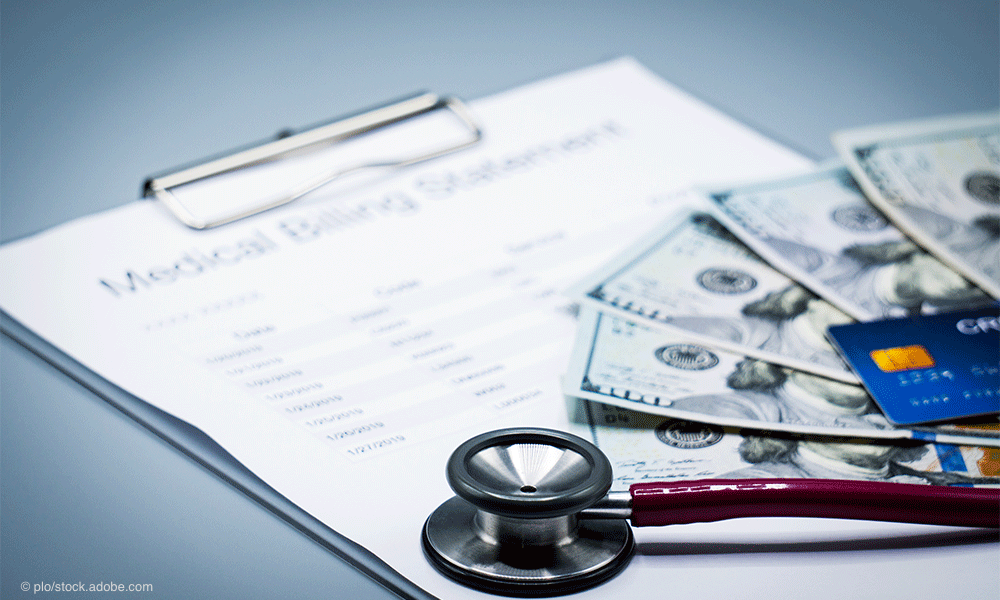Streamline or struggle: The case for integrated health care payments
As health care payment processes continue to grow more complex, the case for integrated payment solutions becomes increasingly compelling.
© plo - stock.adobe.com

Most healthcare organizations recognize how payment processes impact their operational efficiency and patient satisfaction. Yet many providers, particularly in small to medium sized practices, still use non-integrated payment systems that create unnecessary complexity and risk. Understanding the difference between integrated and non-integrated solutions — and their operational impact — proves crucial for providers seeking to optimize their payment processes.
When payment systems don't talk: The integration gap
Non-integrated payment systems are standalone solutions that operate independently from a provider's practice management (PM) or electronic health record (EHR) system. These might include:
- A countertop card terminal that isn’t connected to any other systems
- A separate online payment page where patients must manually enter their account numbers
- Individual payment solutions for different departments or locations
- Phone-based payment systems that require manual entry into billing systems
While these solutions may seem straightforward, they create significant operational challenges. When a patient makes a $40 copayment, staff must manually enter the amount into the payment terminal, process the transaction, and then separately record that payment in the practice management system. This double-entry process introduces multiple opportunities for error, from mistyped decimal points to incorrectly recorded payment amounts as well as increased workload.Additionally, this same double posting needs to be done for refunds or credits to make sure the patient balance stays accurate.
And when payments are made online through non-integrated systems, patients must accurately enter their account numbers and payment amounts. Even with careful attention, errors are common. Healthcare organizations need to manually post any transaction that doesn’t match or refund payments that cannot be found.
How integration transforms payment processing
Integrated payment solutions connect directly with a provider's EHR or practice management system, creating a seamless flow of payment information. When a patient owes a copay or has an outstanding balance, the amount is automatically communicated to the payment system, eliminating manual entry, and reducing errors.
The efficiency gains from integrated systems are substantial. Staff members no longer need to juggle multiple platforms or repeatedly enter the same information across different systems. Instead, they can complete all payment-related tasks within a single interface, significantly streamlining their workflow and reducing the time spent on payment processing.
This automated flow of information between systems also dramatically improves payment accuracy. Rather than relying on manual data entry — where a misplaced decimal point or transposed number can create significant problems — integrated systems ensure that payment amounts and patient information transfer correctly every time. This reduction in chances for human error not only saves time spent correcting mistakes but also improves the overall reliability of the organization's financial records.
Security is another crucial advantage. Integrated solutions typically incorporate advanced security features like tokenization, which allows healthcare providers to securely store payment information for future use without retaining sensitive card data. This capability not only protects patient financial information but also simplifies future transactions while maintaining robust security standards.
The patient experience benefits greatly from integrated systems. Check-outs are faster and more efficient, less manual entry is needed, and account balances are updated in real time.The ability to securely store payment methods that can be used across multiple locations or care settings within the same healthcare system creates a more convenient experience for patients who receive care at different facilities. Also –– consumers expect healthcare to deliver the same technological convenience they experience in other industries, and clunky, manual payment processes can negatively impact patient satisfaction.
One of the most appreciated benefits comes at the end of each business day, when staff perform reconciliation procedures. Rather than manually matching payments from a separate terminal or system with patient accounts in the practice management system, integrated solutions automatically record all payment information in the main billing system. This automation makes end-of-day reconciliation not only faster but also more accurate, reducing the time staff spend resolving discrepancies and allowing them to focus on more valuable patient-facing activities.
Implementation considerations
For healthcare organizations considering the move to integrated payments, several factors should be considered:
- EHR compatibility: Look for payment solutions that integrate natively with your existing EHR or practice management system.
- Omnichannel capabilities: Ensure the system can handle payments across all channels — in-person, online, over the phone, and via payment plans.
- Security features: Verify that the solution includes robust security measures like point-to-point encryption and tokenization.
- Staff training needs: Consider the training required to help staff transition from manual to automated processes.
- Growth flexibility: Choose a solution that can accommodate your organization's growth and changing needs.
As health care payment processes continue to grow more complex, the case for integrated payment solutions becomes increasingly compelling. Organizations that maintain non-integrated systems may find themselves at a competitive disadvantage, struggling with inefficiencies that impact both operations and patient satisfaction. By implementing integrated payment solutions, healthcare providers can streamline their operations, reduce errors, and deliver the modern, efficient payment experience that patients increasingly expect.
Ryne Natzke is chief revenue officer of TrustCommerce
